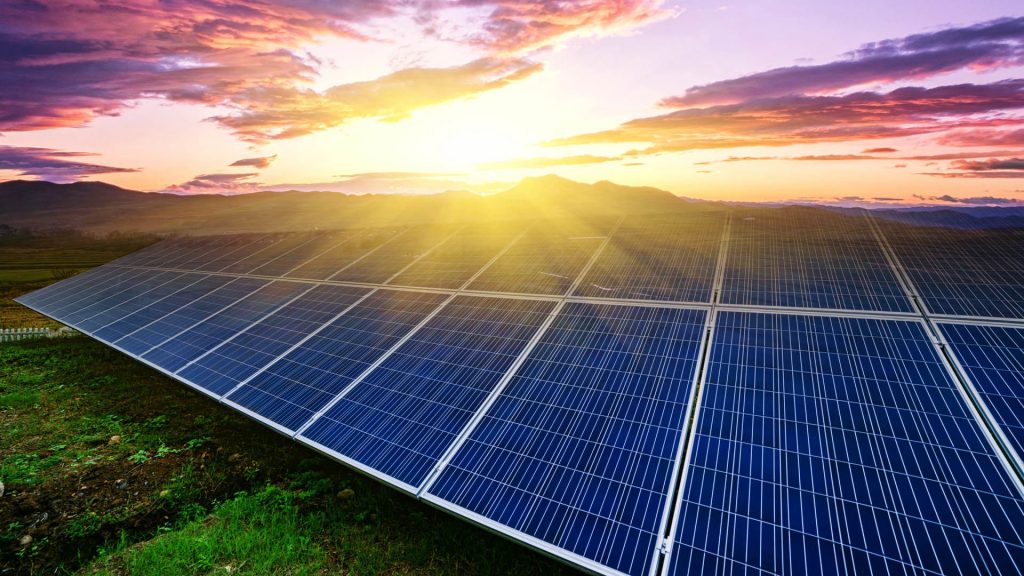The usage of solar energy according to the consumption of it at a specific location with specific density has been tracked by some scientists, among whom Lucas Kruitwagen has prepared models to detect all the changes and respective correspondence of solar energy. Machine learning has been used for this purpose. Solar photovoltaic generating capacity from 2016 to 2018 was also tracked as part of the study.
Decrease in the cost of solar photovoltaic (PV) energy by 82% since 2010 has provided a chance to build such energy systems that do not cost much and would be clean for the environment. Such a zero-emissions energy system may be less costly than the fossil-fuelled system it replaces.
According to the International Energy Agency, PV solar generating capacity must increase at least ten times by 2040. But some of the critical challenges are there. As sunshine is there for some specific slots of the day and is not found at each domain of a region. So, energy must be stored for when the sun does not shine. It must be ensured that solar energy usage reaches the furthest corners of the world.
Lucas Kruitwagen and his colleagues have published in the journal Nature the first global inventory of solar energy generating facilities. Their focus is on the generation of at least 10 kilowatts when the sunshine is at its peak at the solar energy generating facility. Therefore, they developed a Machine Learning System to detect such facilities captured through satellite Imagery. Lucas has mentioned that he has detected 68,661 solar facilities with his team. Then using the area of these facilities, and controlling for the uncertainty in their machine learning model, they obtained a global estimate of about 423 gigawatts of installed generating capacity at the end of 2018.
Their study has shown an increase in solar PV generating capacity by 81%. Growth was led particularly by increases in India, Turkey, China, and Japan. Their dataset, having country-level aggregates, was found very close to IRENA’s country-level statistics, collected from officials and questionnaires. They addressed some more critical coverage gaps as compared to other facility-level datasets. In their study, they found that solar power plants are most often found in agricultural areas, having grasslands and deserts in their surroundings.

